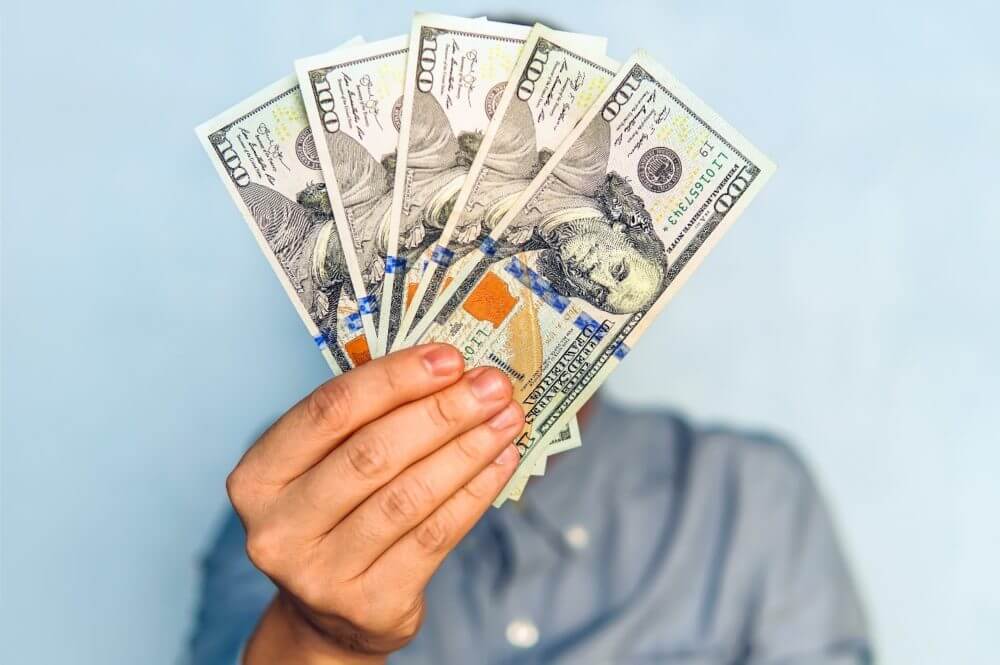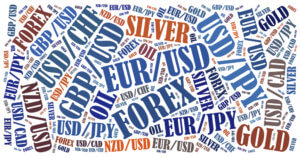The U.S. dollar plummeted down near a one-month low on Wednesday. Strong demand at a U.S. bond auction caused a widespread decline in Treasury yields. As a result, the dollar lowered as well.
In London trading, the greenback dropped by 0.1% versus a basket of its rivals to 91.75, reaching its lowest level since March. 19. After skyrocketing to a 4-1/2 month high of 93.43 at the end of March, the dollar has tumbled down by 2% as Treasury yields eased.
The U.S. currency was particularly vulnerable against the Japanese yen and the euro. Meanwhile, the common currency showed promise to soar above the important level of $1.20 for the first time since early March.
On Wednesday, rate differentials between U.S. and German benchmark 10-year yields have narrowed to 193 bps from more than 200 bps. However, they remain significantly higher than the 150 bps seen at the start of the year.
Thus far, in April, the Japanese yen and the euro managed to recover most of their sharp losses from March. Commodity currencies, such as the Aussie and the kiwi dollar, have also surged forward.
U.S. consumer prices rose by the most in more than 8-1/2 years, surging by 2.6% in March. A broad pick-up in inflationary pressures highlighted that. However, December 2022 futures contracts hint at a slower increase in implied interest rates. Thus it is reflecting the Federal Reserve’s resolve to keep policy on hold.
What Do the Analysts Say?
MUFG strategists stated that the agency’s continued commitment to loose monetary policy remains the main assumption behind their view that it is too premature to expect a sustained greenback rally at the current juncture.
Later on Wednesday, Federal Reserve Chair Jerome Powell plans to speak at the Economic Club of Washington; Traders are waiting for his inflation comments. He had previously announced higher pressures in the coming months would be transitory.
Vasileios Gkionakis, the head of FX strategy at Banque Lombard Odier, noted that increasing coronavirus vaccination trends in April and May would probably boost the euro/dollar pair’s exchange rate.











